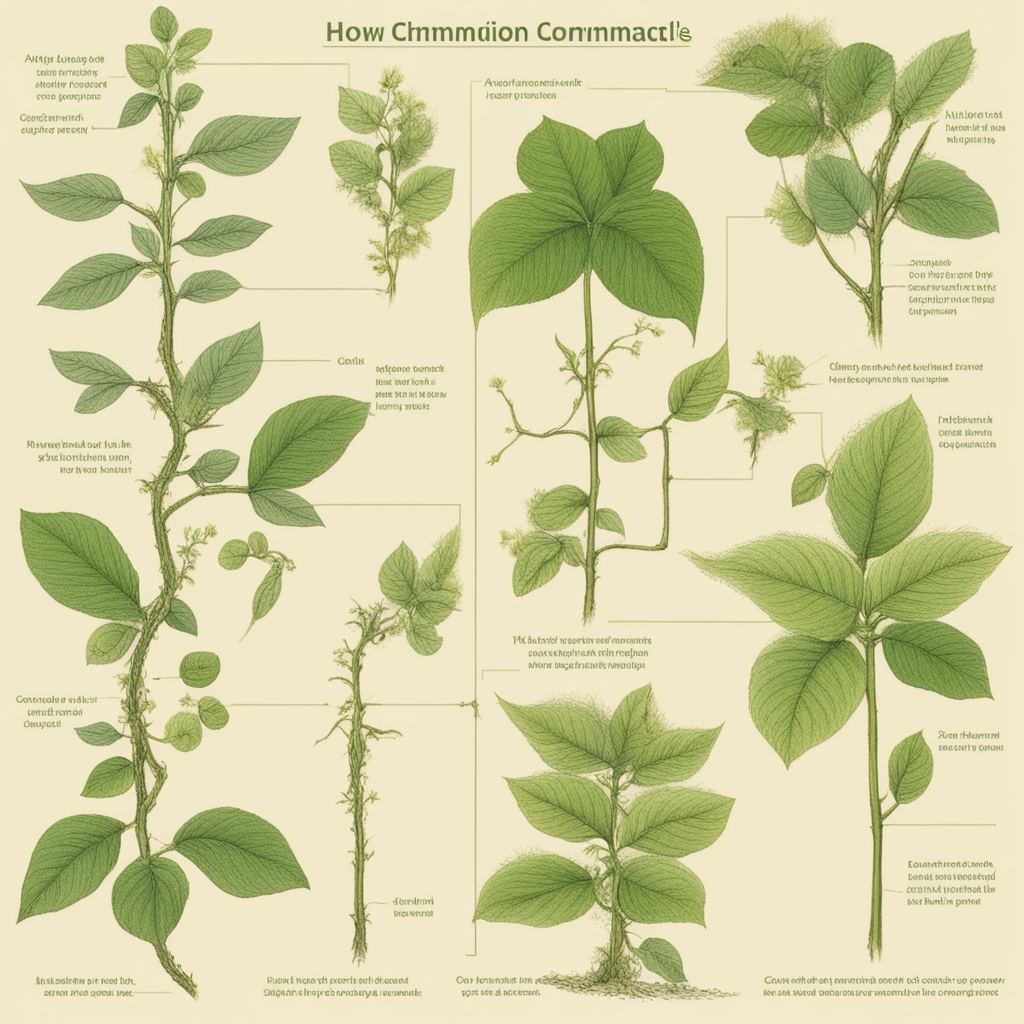How Trees and Plants Communicate
Read this fascinating article on the intriguing ways trees and plants communicate with each other and their environment. Or click here to look for other related articles.
I. Introduction
Plants and trees are not just passive organisms; they have developed complex communication systems to interact with their surroundings and other organisms. This communication is crucial for their survival and plays a significant role in shaping their ecosystems.
II. Chemical Signaling
One of the primary methods of communication among plants and trees is through chemical signaling. They release chemical signals into the air or soil to convey information about their environment, such as the presence of predators or competitors. These signals can trigger responses like changing growth patterns or releasing defense chemicals.
III. Mycorrhizal Networks
Plants and trees also communicate through mycorrhizal networks, which are networks of fungal hyphae that connect their roots. These networks allow them to share nutrients and information, enabling them to coordinate their behavior and respond to threats more effectively.
IV. Electrical Signaling
Recent research has discovered that plants and trees also use electrical signals to communicate within their own tissues and with other plants. These signals can be triggered by environmental stimuli like light, temperature, or touch, and can influence their growth and behavior.
V. Communication Through Sound
Some research suggests that plants and trees may even communicate through sound waves. For example, when a plant is injured, it can release sound waves that alert nearby plants to potential threats.
VI. Conclusion
The communication methods of plants and trees are fascinating and complex, and scientists continue to uncover new ways in which they interact with their environment. Understanding these mechanisms can provide valuable insights into how we can better manage ecosystems and promote sustainable development.








